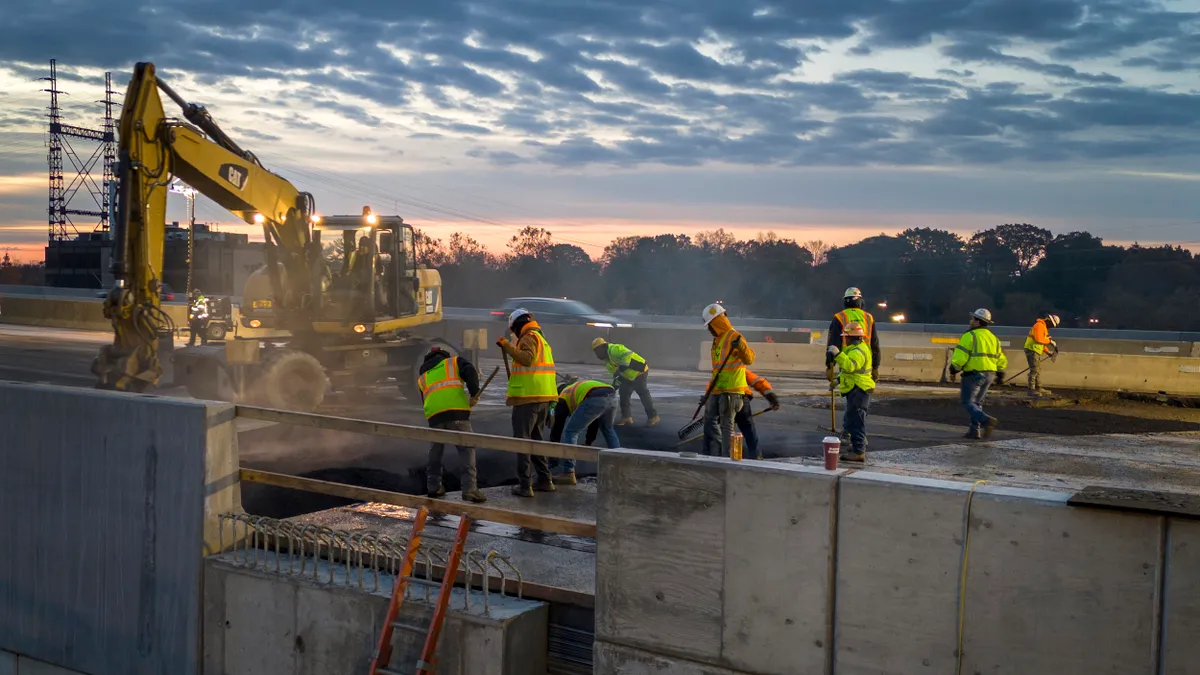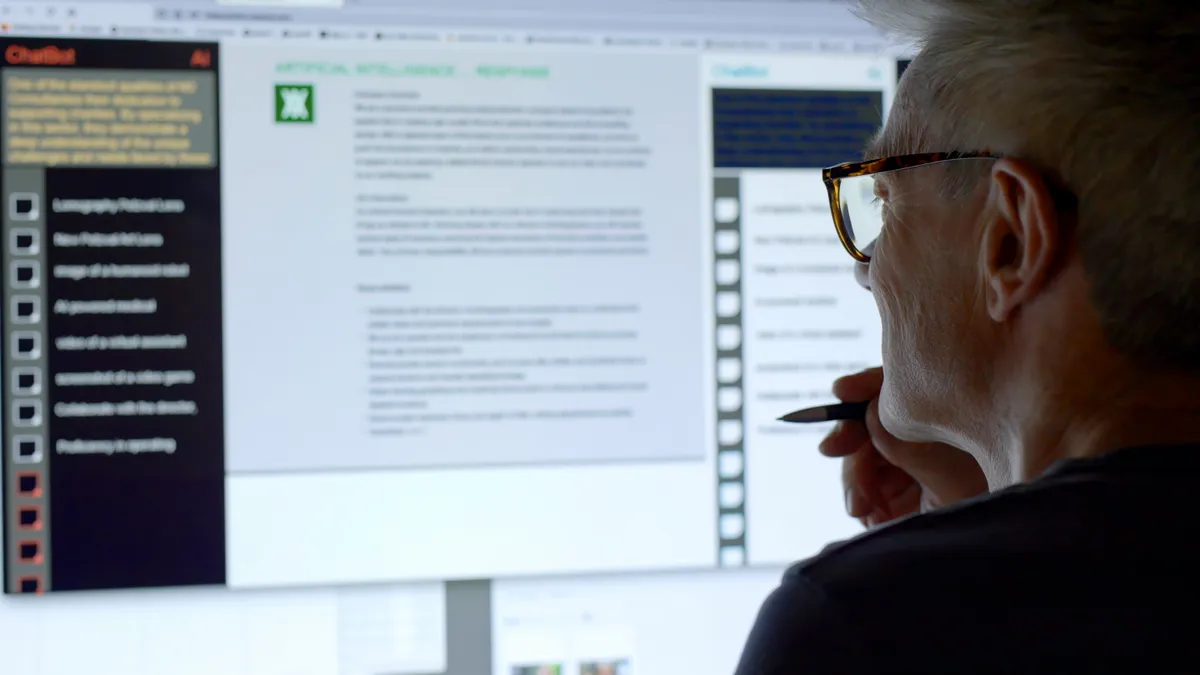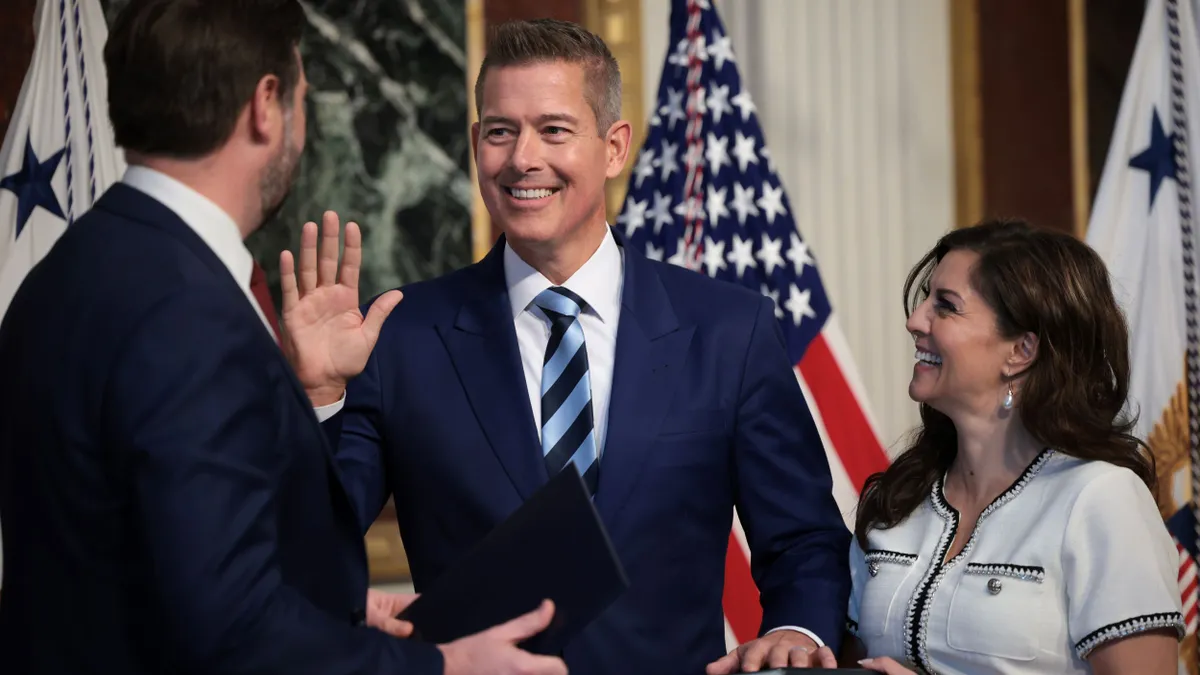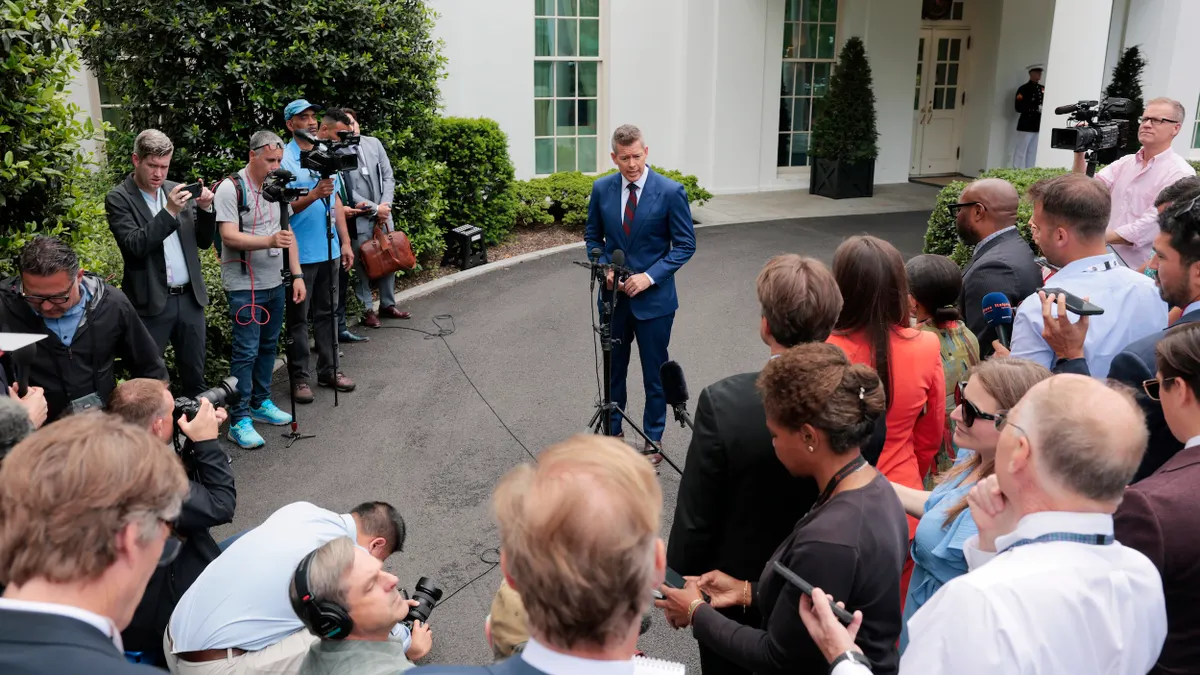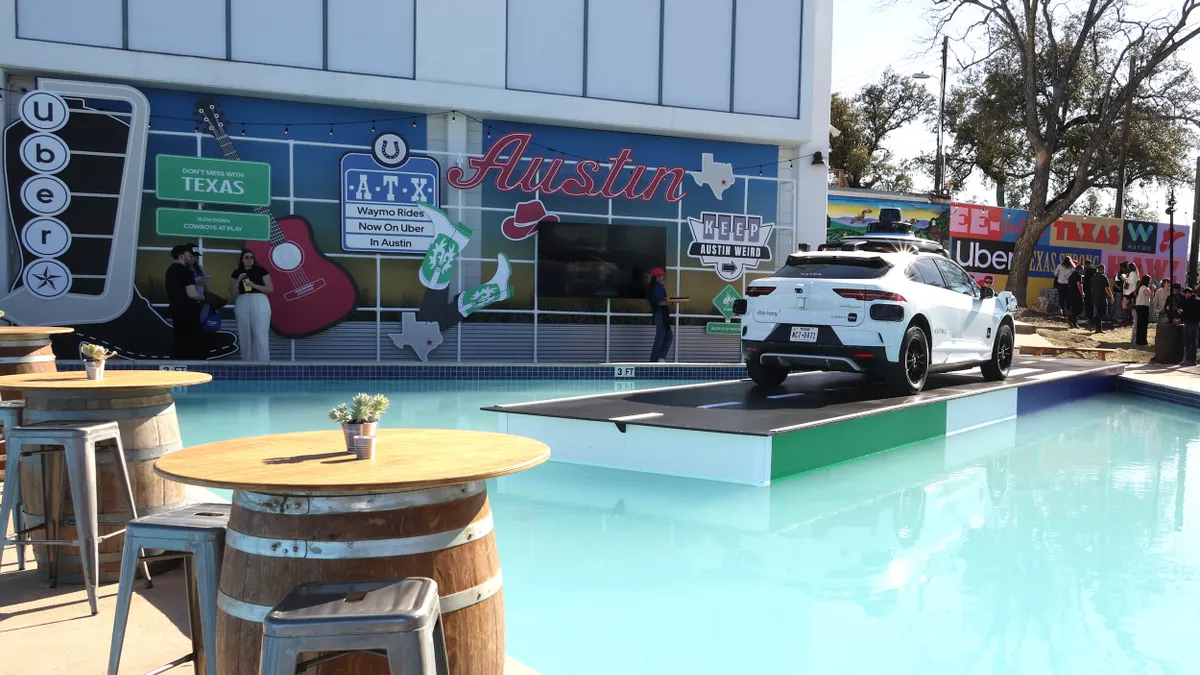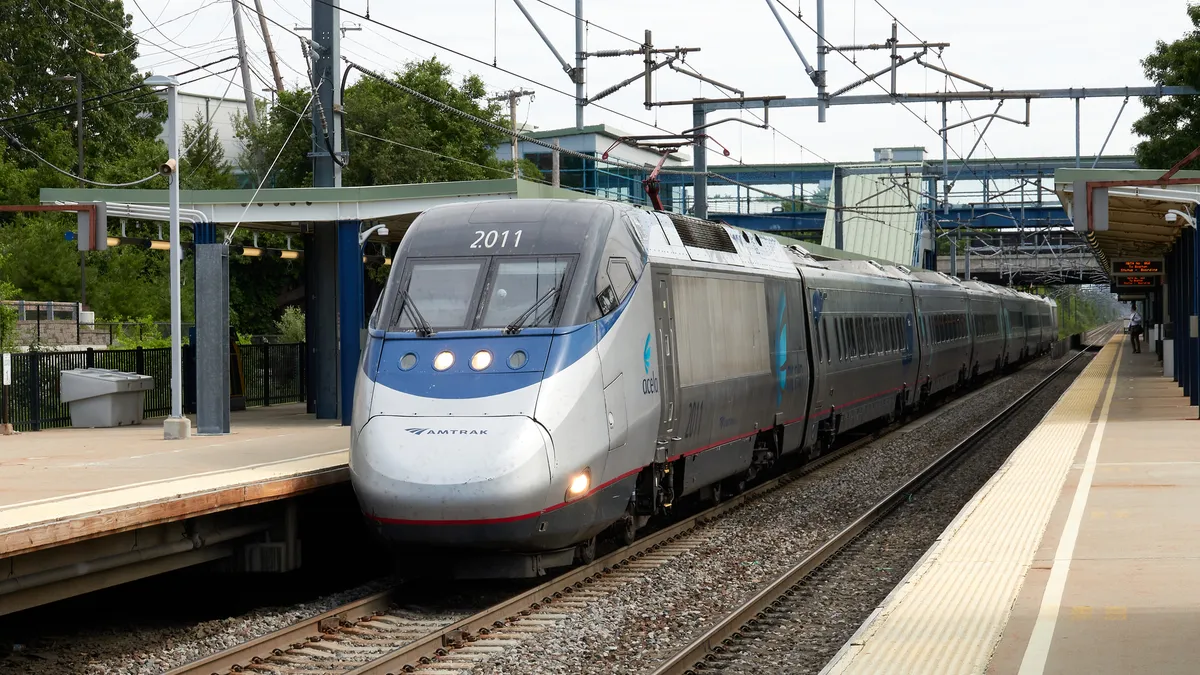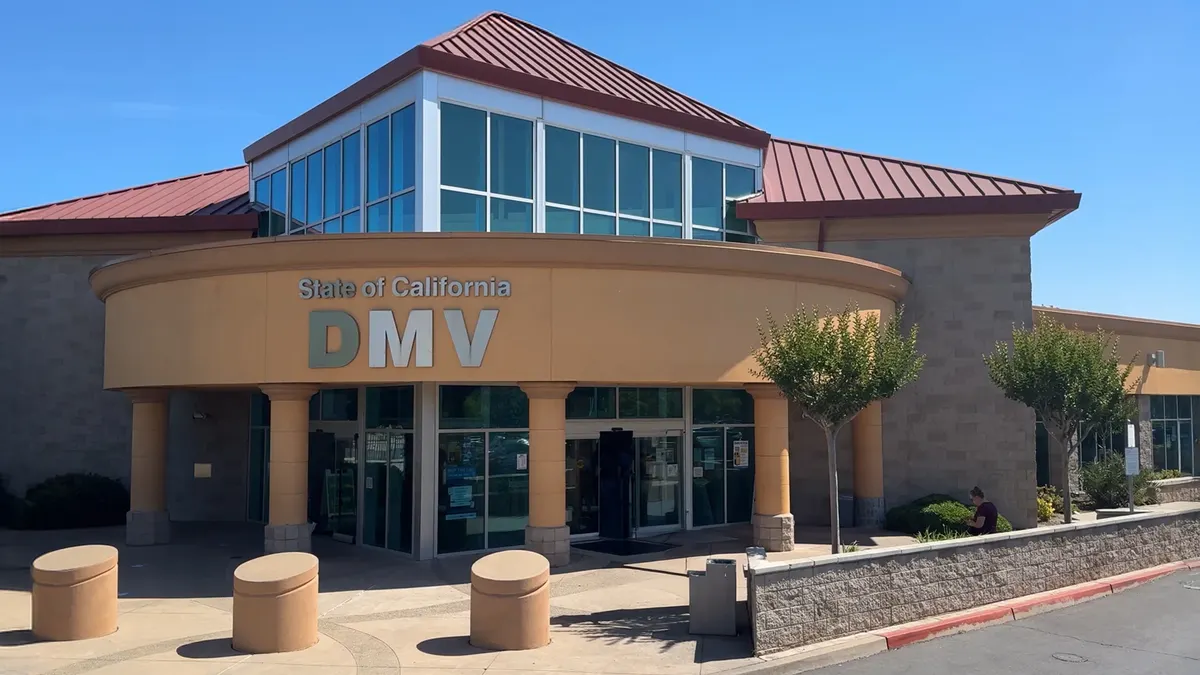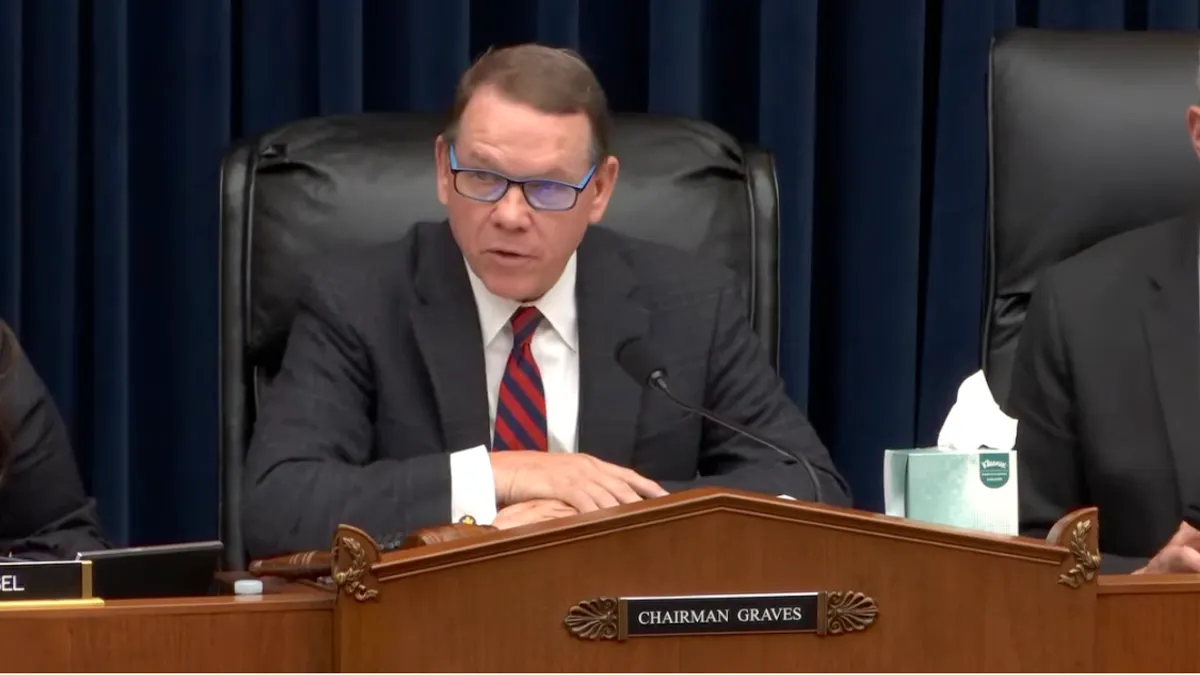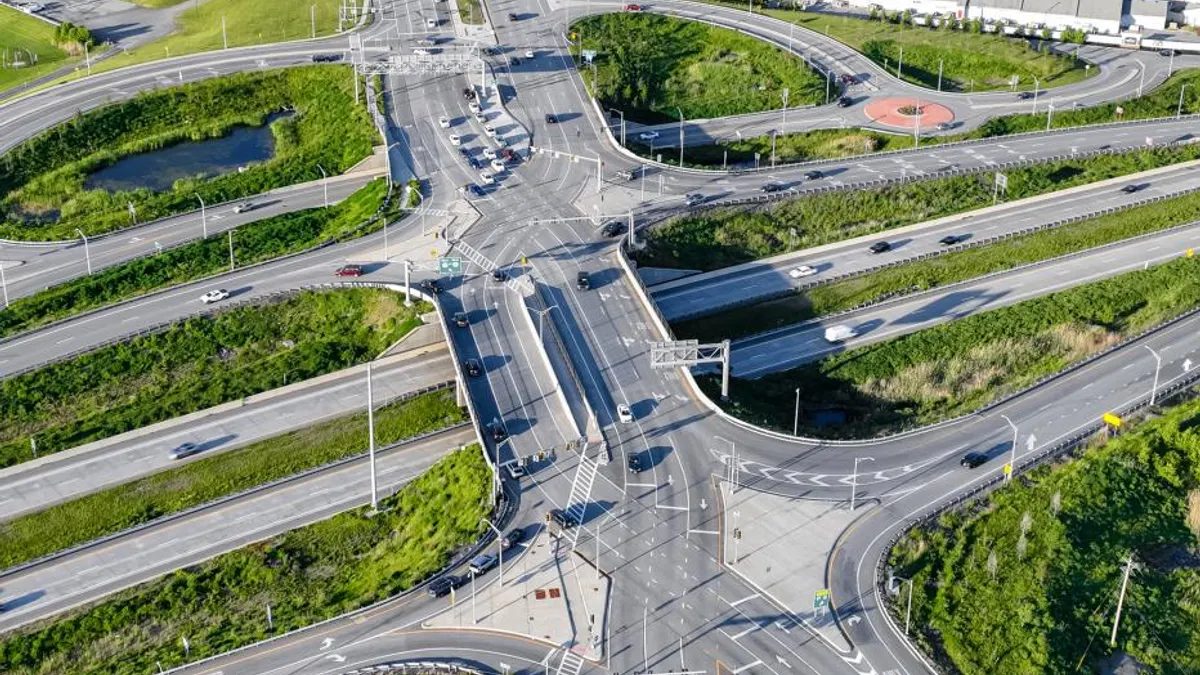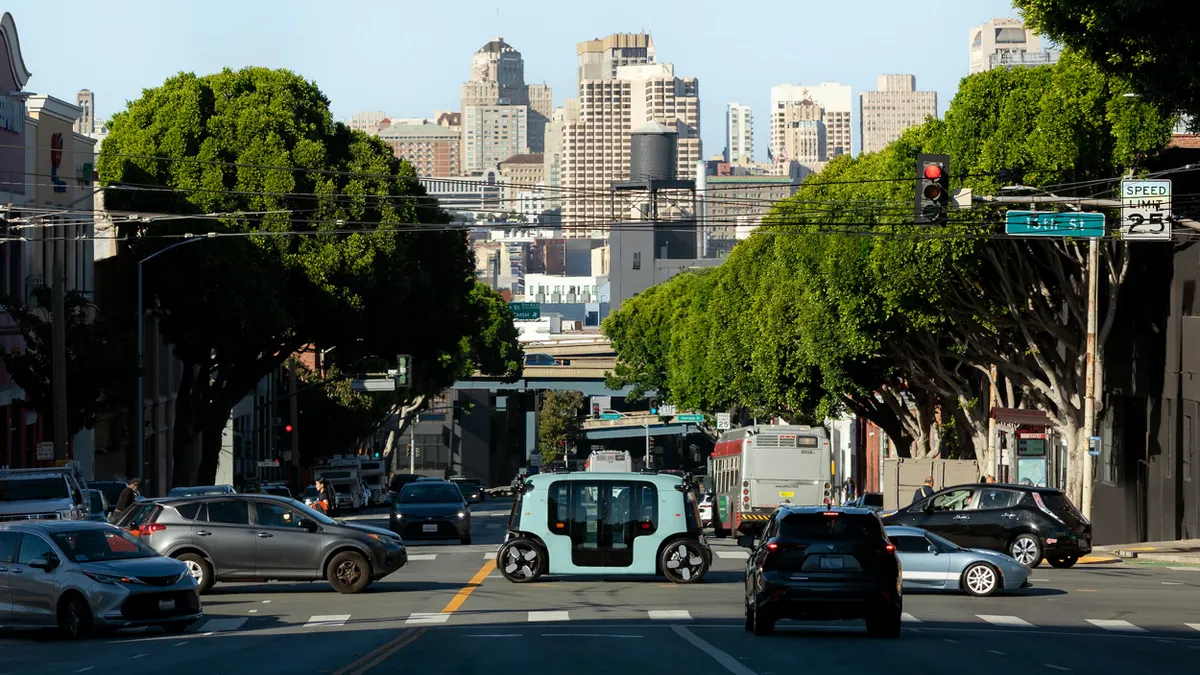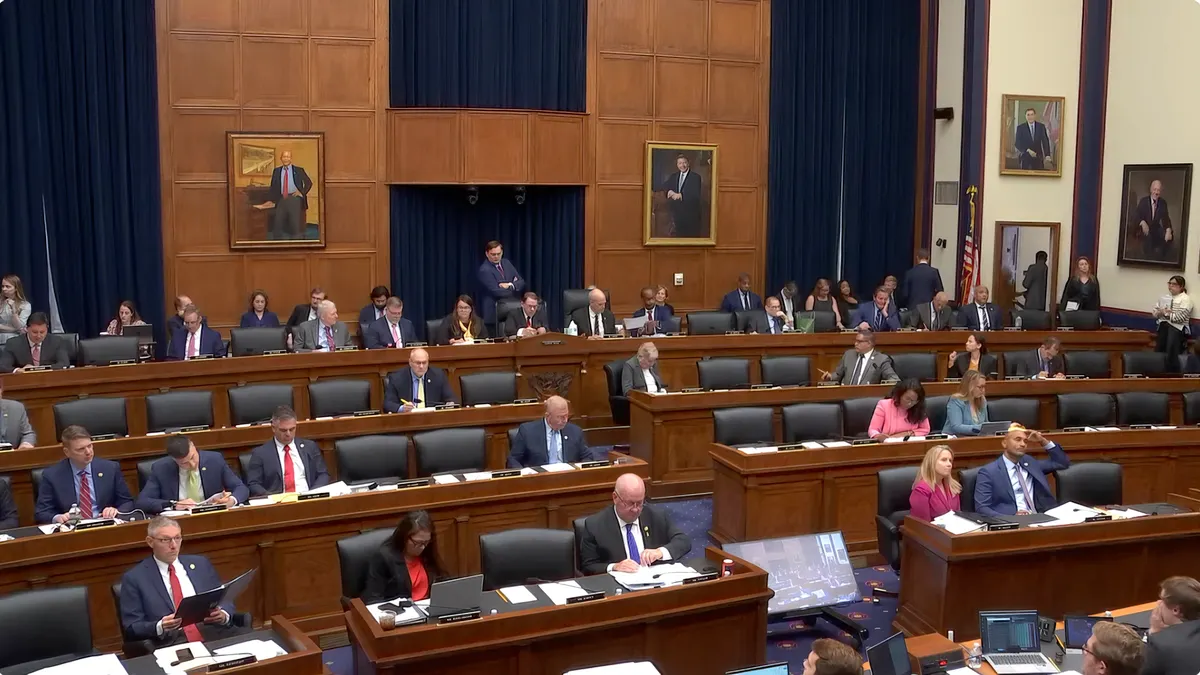UPDATE: Feb. 13, 2025: On Jan. 28, two federal judges temporarily blocked the Office of Management and Budget memo halting the freeze on nearly all federal spending with temporary restraining orders. OMB rescinded the memo on Jan. 29. However, White House Press Secretary Karoline Leavitt posted on X shortly after the memo was rescinded that “This is NOT a rescission of the federal funding freeze. It is simply a rescission of the OMB memo. … The President’s EO’s on federal funding remain in full force and effect, and will be rigorously implemented.”
Judge John McConnell of the U.S. District Court of Rhode Island issued another temporary restraining order Jan. 30 in response to Leavitt’s message, stating, in part, that “Defendants shall not pause, freeze, impede, block, cancel, or terminate Defendants’ compliance with awards and obligations to provide federal financial assistance to the States, and Defendants shall not impede the States’ access to such awards and obligations, except on the basis of the applicable authorizing statutes, regulations, and terms.”
On Feb. 7, the plaintiffs in that case filed another motion for a preliminary injunction, stating that “Despite the clear terms of the [temporary restraining order], the Government took the position in communication on February 5 that IIJA and IRA funds were excluded from the relief. This position and the ongoing freeze of numerous important funding streams … leave Plaintiff States uncertain as to the security of billions of dollars of critical resources for their residents.”
On Monday, the judge granted the motion, stating in part that “The Defendants must immediately restore withheld funds, including those federal funds appropriated in the Inflation Reduction Act and the Infrastructure Improvement and Jobs Act.” The order further clarified that it covers OMB memo M-25-11, regarding the “Unleashing American Energy” executive order, not just the rescinded OMB memo M-25-13, the pause on distribution of federal funds.
The Trump administration appealed the temporary restraining order to the U.S. Court of Appeals for the First Circuit on Monday and requested a stay pending appeal.
UPDATE: JAN. 28, 2025: The Trump administration ordered a halt to all federal grants and loans in a Jan. 27 memorandum from the Office of Management and Budget. The memo “requires Federal agencies to identify and review all Federal financial assistance programs,” including all activities associated with open notices of funding opportunities. The memo specifically excludes Medicare, Social Security and assistance provided directly to individuals.
In the document, Matthew Vaeth, acting director of OMB, ordered federal agencies to conduct a comprehensive analysis of all of such programs to identify those that may be implicated by any of the president’s executive orders. The pause goes into effect at 5 pm Eastern time tonight.
A coalition of states, including California, Illinois, Massachusetts, New Jersey, New York and Rhode Island, are expected to file suit today in the Southern District of New York to block the freeze, The New York Times reported.
Jan. 24: One of President Donald Trump’s first executive orders concerning infrastructure spending has created uncertainty about the meaning and impact of the directive on cities and states.
On Jan. 20, an executive order titled “Unleashing American Energy” directed all federal agencies to stop disbursing funds appropriated through the Infrastructure Investment and Jobs Act or the Inflation Reduction Act.
However, the order’s wording was unclear to many, prompting the Office of Management and Budget to issue a memo limiting the directive to programs which the president terms as part of the “Green New Deal.” These include the $2.5 billion Charging and Fueling Infrastructure Discretionary Grant Program and the $5 billion National Electric Vehicle Infrastructure Formula Program. These programs are designed to help build out the nation’s EV charging stations.
Section 2 of the Jan. 20 order also refers to energy exploration, rare earth minerals, gas stoves and “other ill-conceived government-imposed market distortions that favor EVs over other technologies,” the order states.
But the memo still left some with questions. “The White House’s memo update seems to be clear that they only want to apply the energy order to Section 2 [of the executive order],” said Yonah Freemark, research director of the Land Use Lab at Urban Institute, in an email. “That said, Section 2 feels pretty broad from my perspective, so it leaves a lot of room for interpretation.”
Still, the lack of clarity around Trump’s executive order may lead some cities and states to pause or review certain projects to avoid taking on costs they expected to be covered by federal grants. As of December, $294 billion in IIJA funds remained unallocated.
“The bipartisan Infrastructure Investment and Jobs Act and the Inflation Reduction Act have funded much-needed projects that connect Americans to opportunity in hundreds of localities in all 50 states,” said Ryan Russo, executive director, and Janette Sadik-Khan, chair, of the National Association of City Transportation Officials, in a statement.
Nevada Democrats reacted with concerns about the order’s possible impact on solar and wind farms and the Brightline West high-speed rail project to connect Las Vegas and Southern California.
“The President’s executive order is an economic blow to Nevada,” U.S. Rep. Susie Lee, D-Nev., told 8NewsNow, a Las Vegas broadcast station. According to the news outlet, the executive order revokes several Biden administration orders that Nevada has adopted as state law.



